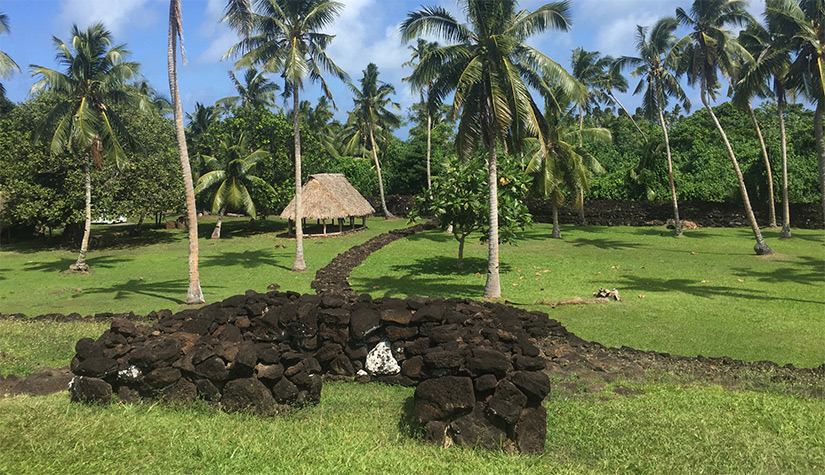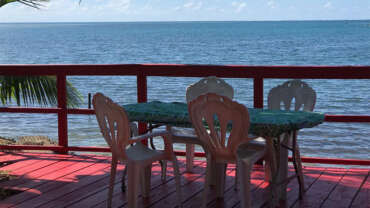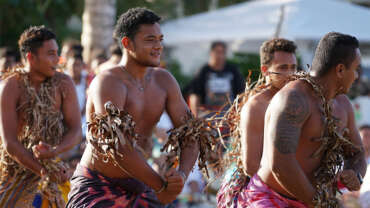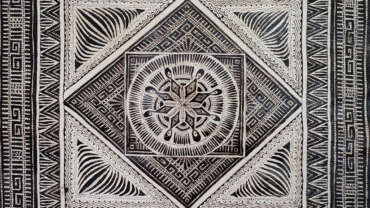What to do and see in Wallis & Futuna Islands
A week’s stay in Wallis: spend a day exploring the ancient sites of Utuleve and Atuvalu, amazing Lake Lalolalo and the impressive Tongan Fortress.
On your second day, head for the southern islets, from Faioa to Ilôt de la Passe via Saint Christophe headland… Take time for a spot of leisurely line fishing, or try your hand at cast or harpoon fishing and take back your catch to enjoy for dinner!
On your third day, head for the sky before setting off to explore the northern islets.
At Hihifo airport, you can take a microlight flight over Wallis and its lagoon, a shimmering vision of azure and emerald. Magic! After that, hop aboard a boat and head for the northern islets to dive amongst the glorious underwater landscapes and climb to the top of the huge Tanoa rock outcrop. Learn how to make and cook with a traditional Umu oven… End your day in style, dining at one of the island’s excellent restaurants, showcasing sumptuous local specialities… fish, shellfish, lobster, just take your pick!
If you schedule your stay to coincide with a traditional public holiday, Bastille Day on 14 July or the Territory’s national holiday on 29 July, you’ll be able to join in the kava ceremony, the katoaga, enjoy traditional dances and songs and, of course, take part in a celebratory mass. Songs, intricately decorated costumes and colourful flower garlands… A joyous, moving and unforgettable experience. The Wallisians, an island nation of builders, are proud of their wonderful churches. Each has a distinctive design and history reflecting the villages which built them.
Why not spend a day learning the secrets of making traditional tapa barkcloth and woven mats? Perfect souvenirs to take home. The talented craftswomen are always delighted to share their skills and knowledge, to explain how they make their garlands and costumes and the meaning they have as part of a precious oral tradition. A visit to the US Occupation Museum is a must, providing fascinating insight into this significant period of Wallisian history. And what better way of ending your day than an evening out dancing to local hits and learning the traditional Soamako dance?
If you have enough time, you can spend a night on an islet. You don’t need permission, there are thatched farés on the islets where you can camp out with a tent or a mosquito net.
A night on a fairytale islet, a sanctuary of serenity, bathed by the light of the full moon and lulled to sleep by the sound of the waves on the coral reef… Pure bliss.
A few days’ stay in Futuna: spend a day exploring the island, from Point Vele to Point Fatua. Futuna has no lagoon so you’re surrounded by the Pacific Ocean, with breathtaking beaches perfect for a refreshing dip… but do take care, this is the real sea!
Take a stroll alongside one of the island’s rivers and you’ll see the impressive water taro fields perched high on terraces, rather like rice fields in Asia.
You can spend a day tackling the climb to the summit of Mount Puke, 514 metres above sea level. It’s a good idea to start early to avoid the hottest part of the day. The climb will take you through Futuna’s varied landscapes and give you a fresh view of the island.
Why not spend a day exploring the sublime and untouched island of Alofi? You can get there in just a few minutes from Vélé jetty in the south of Futuna. If you’d like a challenge, you can venture off on the trail to Loka Cave, accompanied by a guide. It’s worth the effort, a magnificent place of pilgrimage in an imposing natural setting, beaten by the waves.
You can spend another day exploring Futuna’s fascinating historic sites… the cannibal oven, Anakele, site of the ancient tomb of King Fakavelikele and Poi Basilica, before sampling the island’s delicious cuisine and luscious dessert dishes.
Please feel free to get in touch with a local guide or with the Cultural Department for advice about the best ways to explore Futuna.
But the most important thing to remember is to take it nice and easy… Nothing could be more magical than the gentle warmth of the setting sun, when the village men meet at dusk to hold their tauasu, talking things over and drinking kava, an ancient ritual held in each village and a precious repository of tales and legends.






